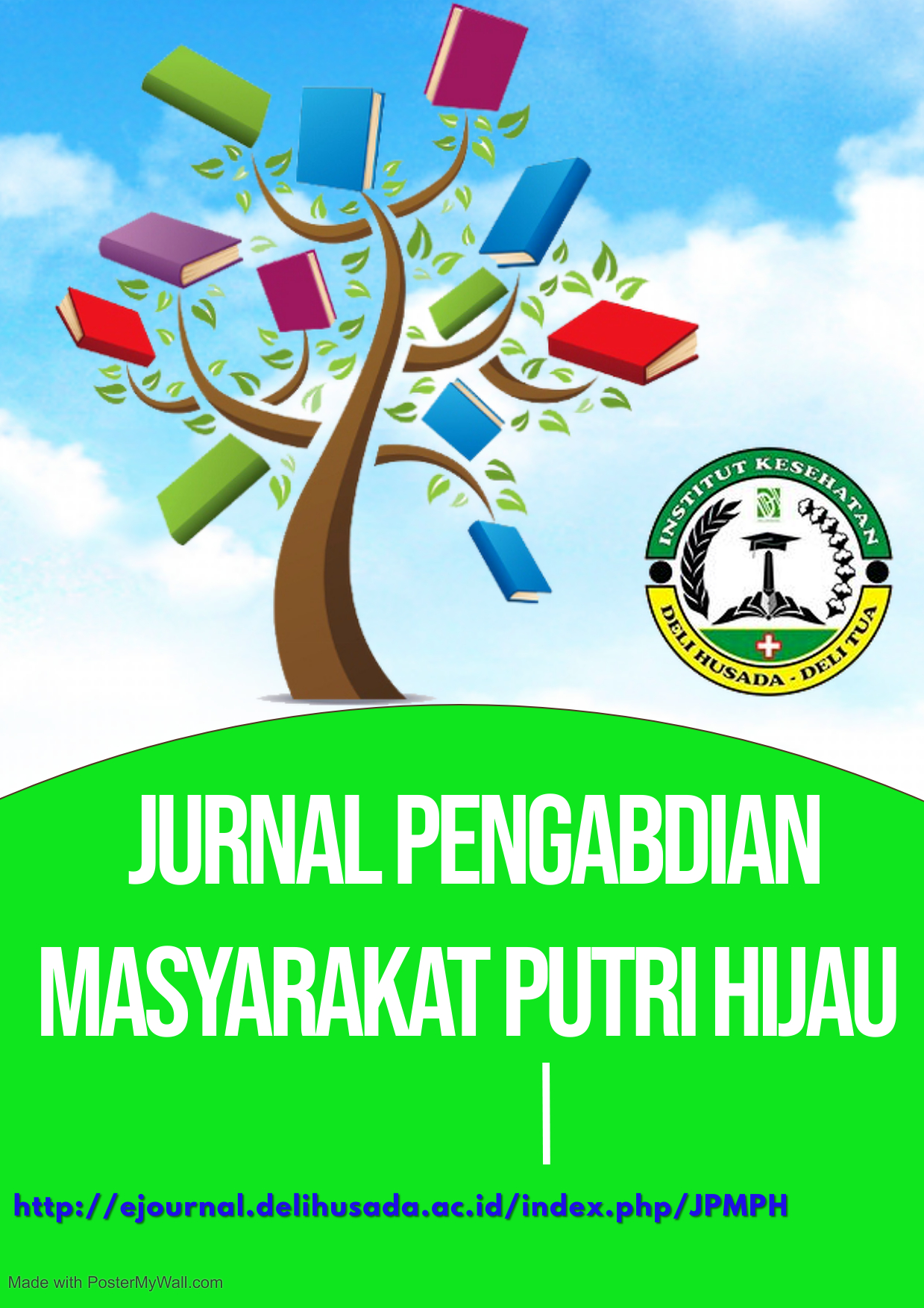Peningkatan Keselamatan Kerja Pekerja Konstruksi Melalui Edukasi dan Pelatihan Penggunaan APD di Proyek Jembatan Bendungan Lau Simeme
Abstract
The construction sector carries a high risk of workplace accidents, especially when workers are not disciplined in using Personal Protective Equipment (PPE). To reduce potential hazards, this Community Service Program was implemented at the Lau Simeme Dam Bridge construction project, focusing on improving workers' understanding and skills through education and field practice. Activities included outreach, simulations on proper PPE use, and intensive mentoring to familiarize workers with safe work practices. Evaluations were conducted to assess changes in behavior and knowledge following the training. This program is expected to foster a safety-oriented work culture, reduce accident rates, and support increased construction workforce productivity.
References
BPJS Ketenagakerjaan. (2020). Laporan Tahunan Kasus Kecelakaan Kerja di Indonesia. Jakarta: BPJS Ketenagakerjaan.
Heinrich, H. W. (1980). Industrial Accident Prevention: A Safety Management Approach (5th ed.). New York: McGraw-Hill.
International Labour Organization (ILO). (2018). Safety and Health at the Heart of the Future of Work: Building on 100 Years of Experience. Geneva: ILO.
Kementerian PUPR. (2017). Laporan Statistik Kecelakaan Kerja Sektor Konstruksi. Jakarta: Kementerian Pekerjaan Umum dan Perumahan Rakyat.
McKinnon, R. C. (2014). Changing the Workplace Safety Culture. CRC Press.
Survey of Occupational Injuries & Illnesses. (2018). U.S. Bureau of Labor Statistics. Washington, DC.
Sutanto, H. (2021). “Pelatihan Keselamatan Kerja sebagai Upaya Pencegahan Kecelakaan pada Pekerja Konstruksi.” Jurnal Pengabdian Kepada Masyarakat, 5(3), 200–210.
Wibisono, A. (2017). “Pengaruh Penggunaan Alat Pelindung Diri terhadap Angka Kecelakaan Kerja di Sektor Konstruksi.” Jurnal Kesehatan Masyarakat Indonesia, 12(2), 101–110.
Yunartha, I. (2016). “Faktor Risiko Kecelakaan Kerja pada Pekerja Konstruksi dengan Masa Kerja < 1 Tahun.” Jurnal Keselamatan dan Kesehatan Kerja, 4(1), 45–52.












